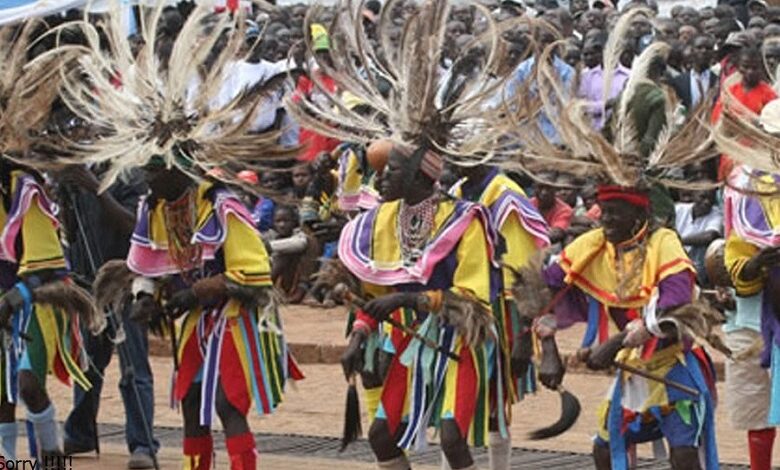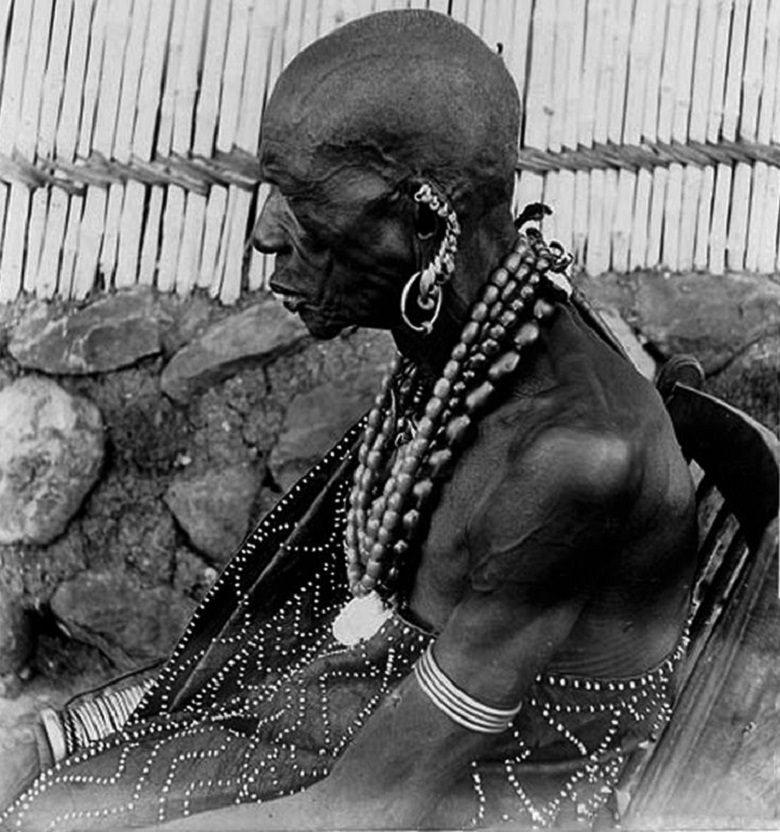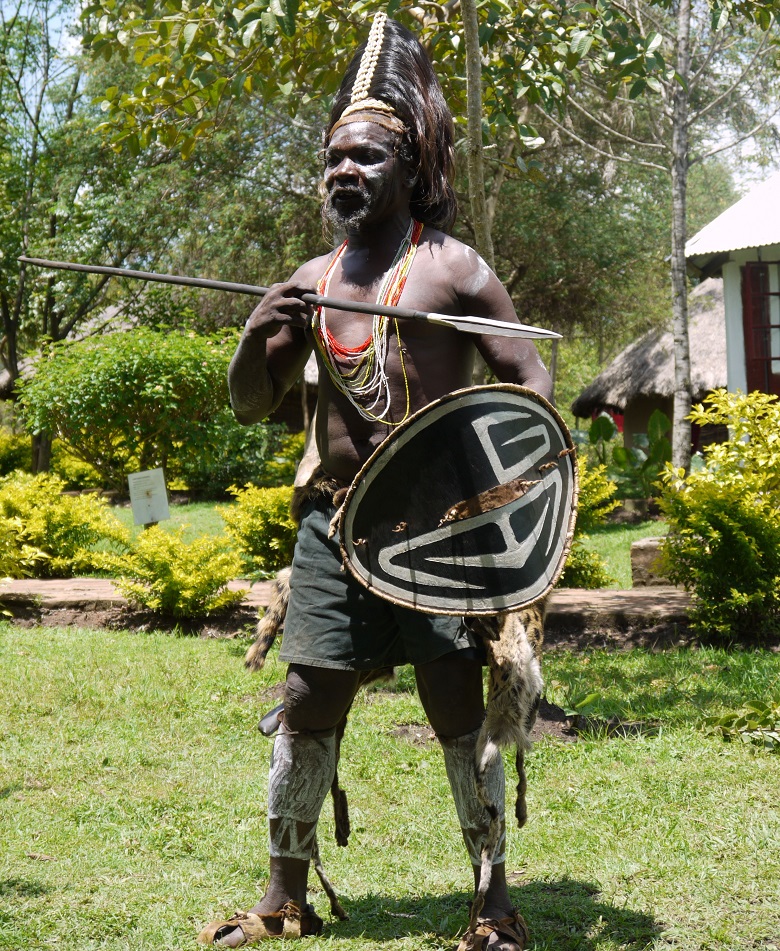Luo people: To become a man your 6 lower teeth will be removed

One of the most numerous people in Kenya is the Luo people. From these people, the distant ancestors of the former American president, Barack Obama, come from. Modern scholars claim that the first mention of the Luo is more than 500 years old. Initially, it was a tribe of nomads who came to Kenya from Sudan, from the banks of the Nile River, and then based on the shores of the largest lake in Africa – Lake Victoria.
Kenya is a nation with a population of more than 47 million people, of which just over 80% (according to various sources) are representatives of 42 ethnic groups and tribes. One of the most numerous tribes is the Luo people. From these people, the distant ancestors of the former US President, Barack Obama, originate. Today, most of the Luo people live in two large cities: Nairobi and Mombasa.

Modern scholars claim that the first mention of the Luo tribes is more than 500 years old. Initially, it was a tribe of nomads who came to Kenya from Sudan, from the banks of the Nile River, and then based on the shores of the largest lake in Africa – Lake Victoria. In addition to Kenya, Luo also represents by small groups in the neighboring countries of Kenya: Uganda and Tanzania.
Language blend
In their speech, the Luo use English, which has remained ubiquitous since Kenya gained independence in 1963. The Kiswahili language, which is used colloquially by the people of coastal regions and tribes of West Africa. However, the indigenous language of the Luo people is Dholuo, which speak by more than half of the tribe’s population. However, the other half, especially young people, use everyday speech, a “mixture” of three languages: English, Dholuo, and Kiswahili.
Traditions and customs

Fairy tales, stories, and rituals are an integral part of the life of the Luo people. They are narrated, as a rule, in the house of the oldest woman (grandmother). Little girls and boys get together in the evenings to familiarize themselves with the nation’s cultural values. In the Luo, unlike most Kenyans, circumcision is not performed for boy-to-man initiation. Instead of this ritual, young men have six of their lower teeth removed, though it is not widely practiced today.

Another unique feature of the Luo peoples is the “inheritance” of the wives of deceased tribesmen. If a man dies, one of his brothers or close relatives “inherits” his widow.
One of the most famous ceremonies of the Luo tribe – “Tero Buru,” symbolizing the death of a very close person. Although most members of the Luo tribe are Christian today, they continue to uphold the long tradition of their people. True, over time, such practices as, for example, the “inheritance” of the widow of the deceased are gradually disappearing from use.
Luo is pretty superstitious. A pregnant woman will never discuss her pregnancy with anyone for fear of envy and problems with childbirth. And birth into a family of twins is considered “the influence of evil spirits.” The main religion of the tribe is Christianity, brought back in the century before last by the English colonialists and everywhere “introduced” in Kenya and neighboring Tanzania and Uganda.
Life and daily life of Luo
The Luo people have several types of residential buildings. One of them consists of walls made of twigs, plastered with clay, and a thatched roof. There are several options for this design: a thatched roof on a metal frame, a brick wall, a thatched roof with stiffening elements in the form of steel rods. Elders, heads of large families, can have up to seven wives and live in large estates.

Traditionally, people from the Luo tribes wear a minimal amount of clothing. As a rule, these are animal skins that cover intimate parts of the body. In the Luo culture, there is no sense of shame due to nudity. In agricultural areas, people dress according to their employment.
The main crops cultivated by Luo’s peasants are corn and millet. From animals – chickens, sheep are kept. Luo is an excellent angler. The main commercial fish is tilapia.




